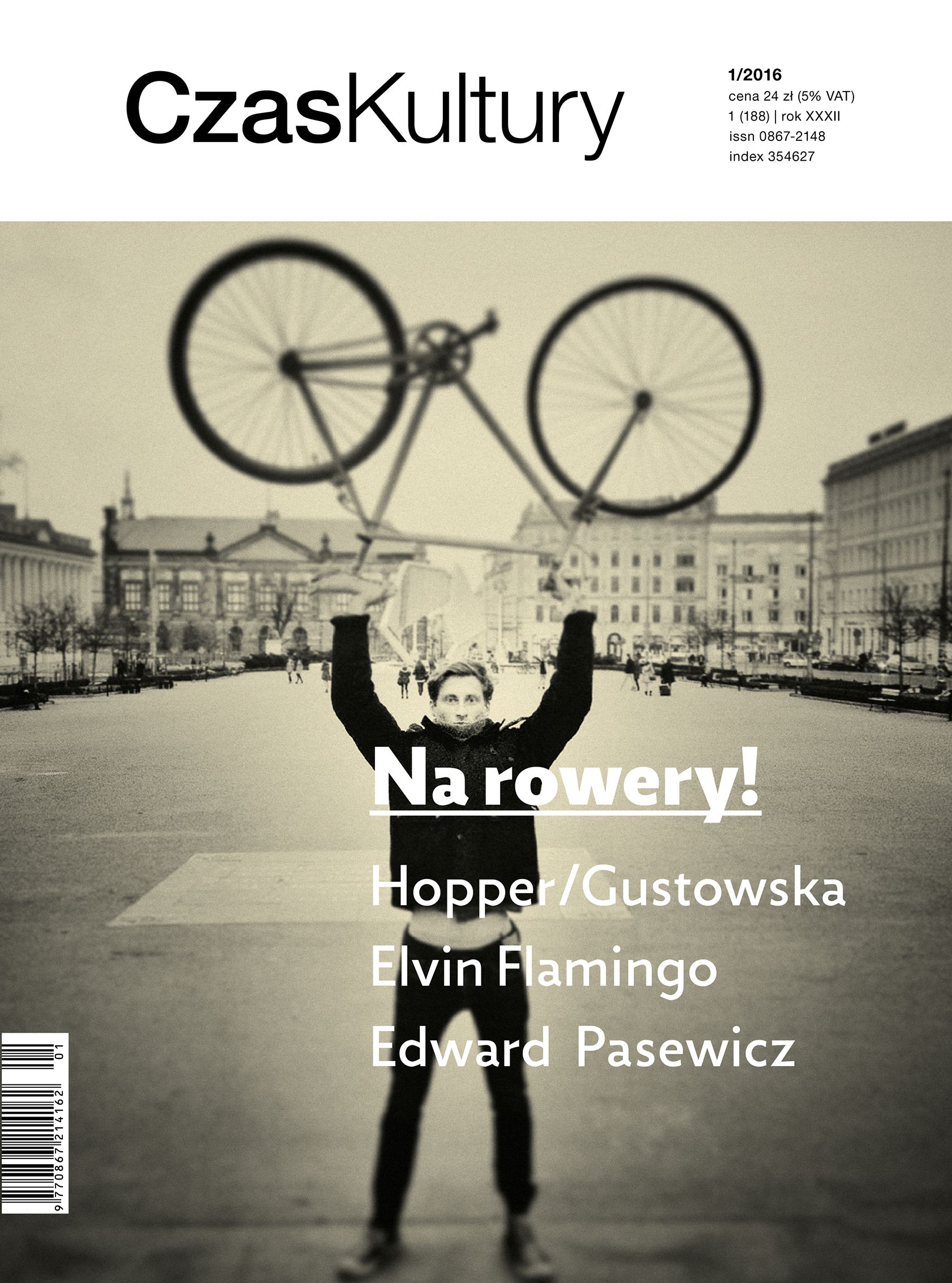Architektura w mundurze i po mundurze
Architecture in Uniform and After
Author(s): Piotr KordubaSubject(s): Architecture
Published by: Stowarzyszenie Czasu Kultury
Keywords: postwar architecture;
Summary/Abstract: For a long time very little attention was paid to what was built or rebuilt during the Second World War. In recent years the situation has changed somewhat, thanks in large part to the monumental project comprised by the exhibit "Architecture in Uniform. Designing and Building for the Second World War" (2011). This project shifted the centre of gravity for studies of the importance of the Second World War for architecture, moving away from the view of the war as a purely destructive force and perceiving in it a time of great organizational, technological and material innovation.It was precisely technology and new materials that became the “most valuable residues of the war.” Studies of the relationships between architecture and the Second World War have led to reflection on the change that took place in people’s sense of time and durability with reference to that art form. The war shook the perception of the present as something lasting, a state with long-term currency. It showed that what had hitherto been seen as indicators of that durability, urban structures with their layered transformations, were nothing of the kind, and established their strategic position as targets of destruction (consider the attack on New York’s World Trade Centrein September 2001). It also devalued the belief that definitive and closed functions could be assigned to buildings, making people aware of their flexibility and thereby preparing architecture for its postwar tasks in new political, social, and economic circumstances. Finally, it fulfilled the hopes that such a disaster might be a wonderful opportunity for modernization on the widest possible scale.
Journal: Czas Kultury
- Issue Year: XXXII/2016
- Issue No: 01
- Page Range: 216-224
- Page Count: 9
- Language: Polish
- Content File-PDF

